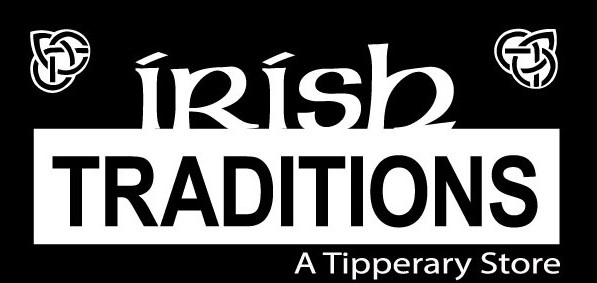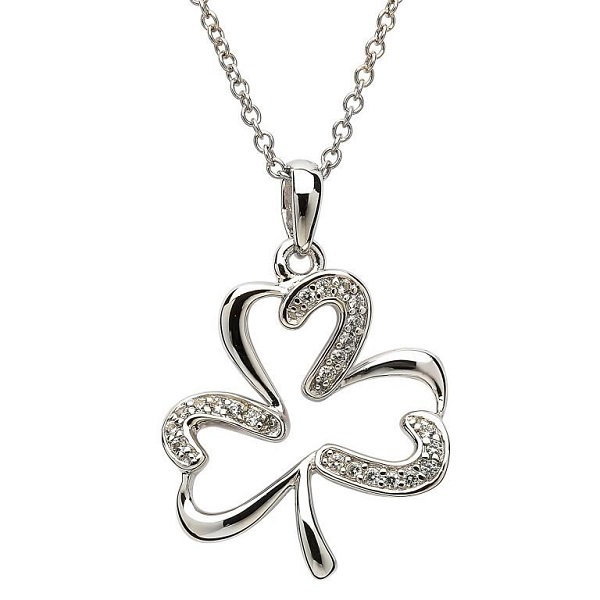Uncategorized
The Story of the Shamrock
Originally posted March 1, 2014.
Long ago, when Ireland was the land of Druids, a Christian Bishop now known as St. Patrick came to teach the word of God. Although the origins of the shamrock are lost in antiquity, legend suggests that it was St. Patrick who plucked a shamrock from Irish soil to demonstrate the simple (three-in-one) meaning of the Trinity – Father, Son and Holy Spirit.
The shamrock is found on Irish medieval tombs and on old copper  coins, known as St. Patrick’s money. The plant was reputed to have mystic powers such as the leaves standing upright to warn of an approaching storm. Aside from religious connotation, the shamrock is also commonly associated with a symbol of luck. Often confused with the four-leaf-clover, it is indeed the Shamrock that associates luck with Irish heritage. In studying Celtic history, scholars have discovered that the shamrock was a charm to ward away evil.
coins, known as St. Patrick’s money. The plant was reputed to have mystic powers such as the leaves standing upright to warn of an approaching storm. Aside from religious connotation, the shamrock is also commonly associated with a symbol of luck. Often confused with the four-leaf-clover, it is indeed the Shamrock that associates luck with Irish heritage. In studying Celtic history, scholars have discovered that the shamrock was a charm to ward away evil.
Derived from the Irish word ‘seamrog,’ which is the diminutive of the Irish word for clover (seamair) and means simply “little clover” or “young clover”. one thing is certain about the shamrock. It is worn by millions all over the world on St. Patrick’s Day and remains Ireland’s most famous symbol.



